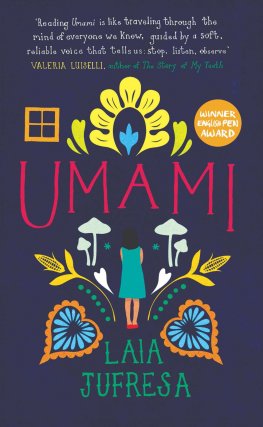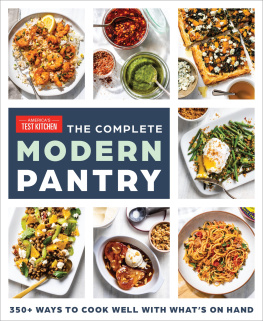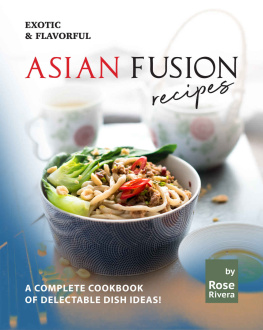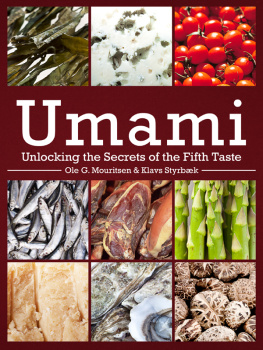Contents
Connect with HMH on Social Media
Follow us for book news, reviews, author updates, exclusive content, giveaways, and more.

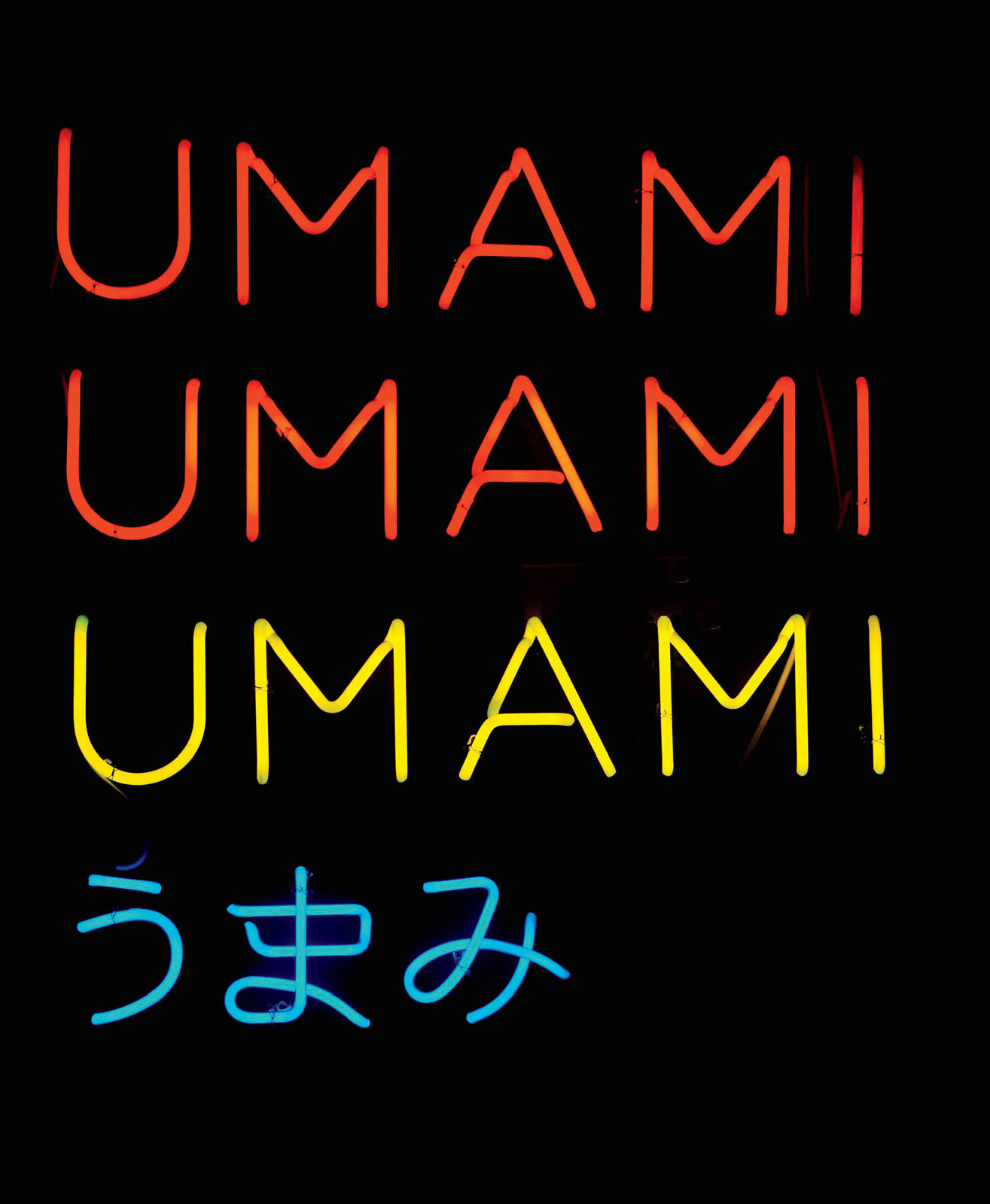

Copyright 2018 by Adam Fleischman
Photographs 2018 by Wendy Sue Lamm
Additional image: texture iStock/kentarcajuan
All rights reserved.
For information about permission to reproduce selections from this book, write to or to Permissions, Houghton Mifflin Harcourt Publishing Company, 3 Park Avenue, 19th Floor, New York, New York 10016.
hmhco.com
Library of Congress Cataloging-in-Publication Data
Names: Fleischman, Adam, author. | Nguyen, Tien (Tien Z.), author. | Lamm,
Wendy Sue, photographer.
Title: Flavor bombs : the umami ingredients that make taste explode / Adam
Fleischman with Tien Nguyen ; photographs by Wendy Sue Lamm.
Description: Boston : Houghton Mifflin Harcourt, 2018. | A Rux Martin book.
| Includes index.
Identifiers: LCCN 2017051896 (print) | LCCN 2018000946 (ebook) | ISBN
9780544784901 (ebook) | ISBN 9780544784895 (hardback)
Subjects: LCSH: Condiments | Cooking (Spices) | FoodComposition. | Umami
(Taste) | BISAC: COOKING / General. | LCGFT: Cookbooks.
Classification: LCC TX819.A1 (ebook) | LCC TX819.A1 F55 2018 (print)
LC record available at https://lccn.loc.gov/2017051896
Book design by Raphael Geroni
Food and prop styling by Adam Fleischman
Cover photo and author photo by Wendy Sue Lamm
v1.0418
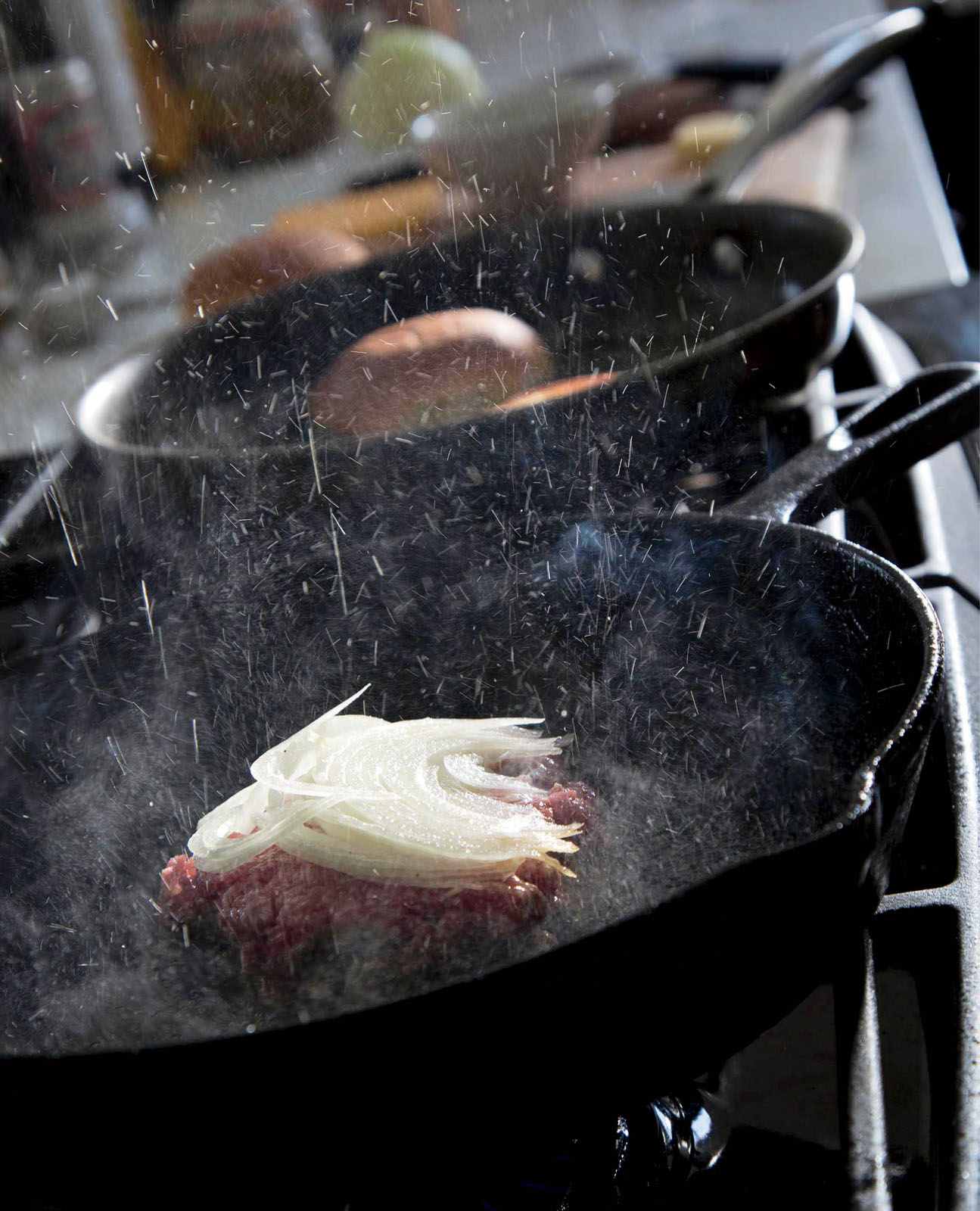
To those for whom food is their escape, and perhaps their homecoming
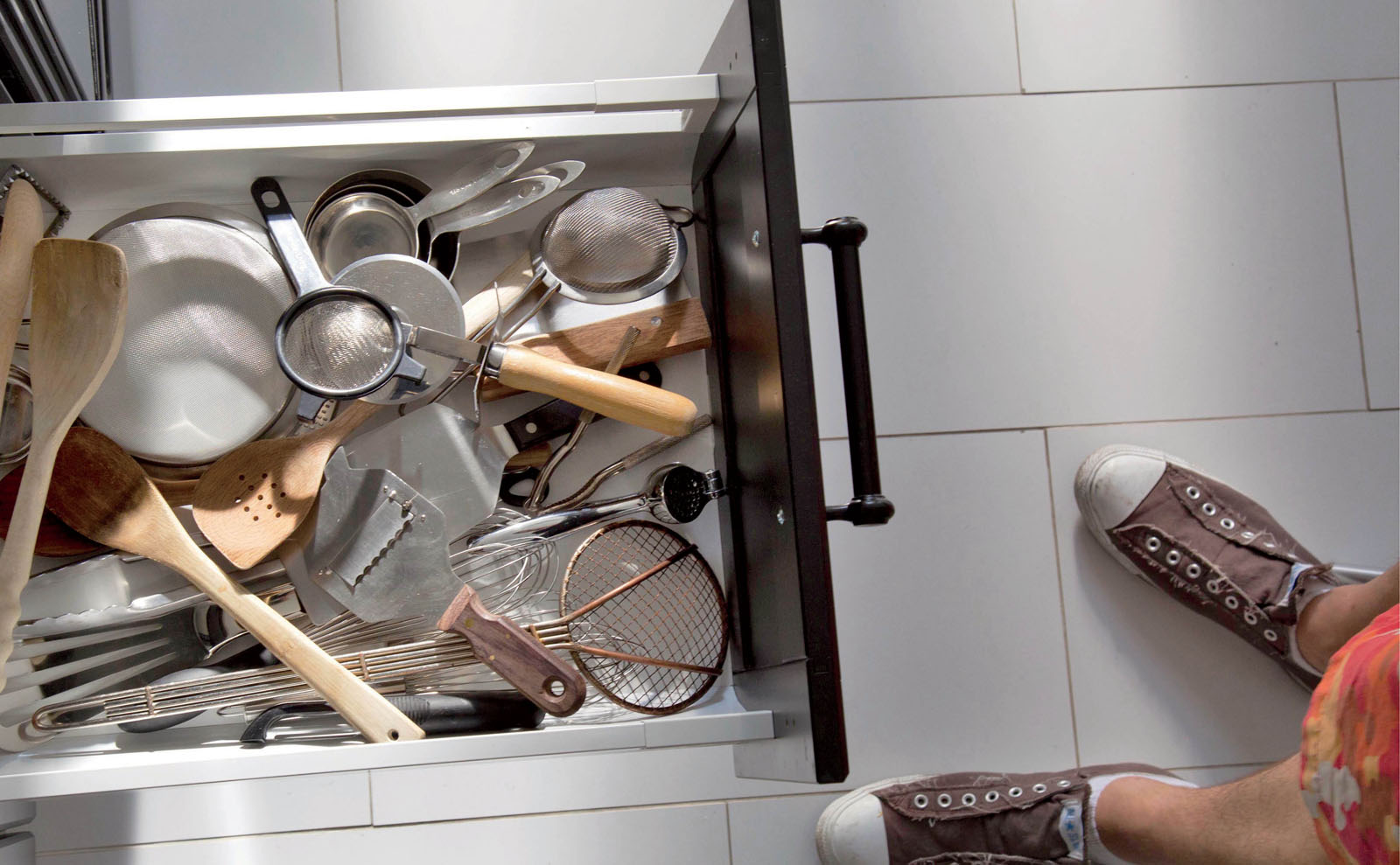
Acknowledgments
Thanks to Marc Gerald at United Talent Agency, for pushing me to expand my horizons and do this fun project. To Tien Nguyen, for her skill and patience. To Wendy Sue Lamm, for her vision and collaborative perfection.
To my family, Theo and Pelle, for their constant inspiration and curiosity, and everyone who inspires me in the kitchens I visit and have worked in over the years.
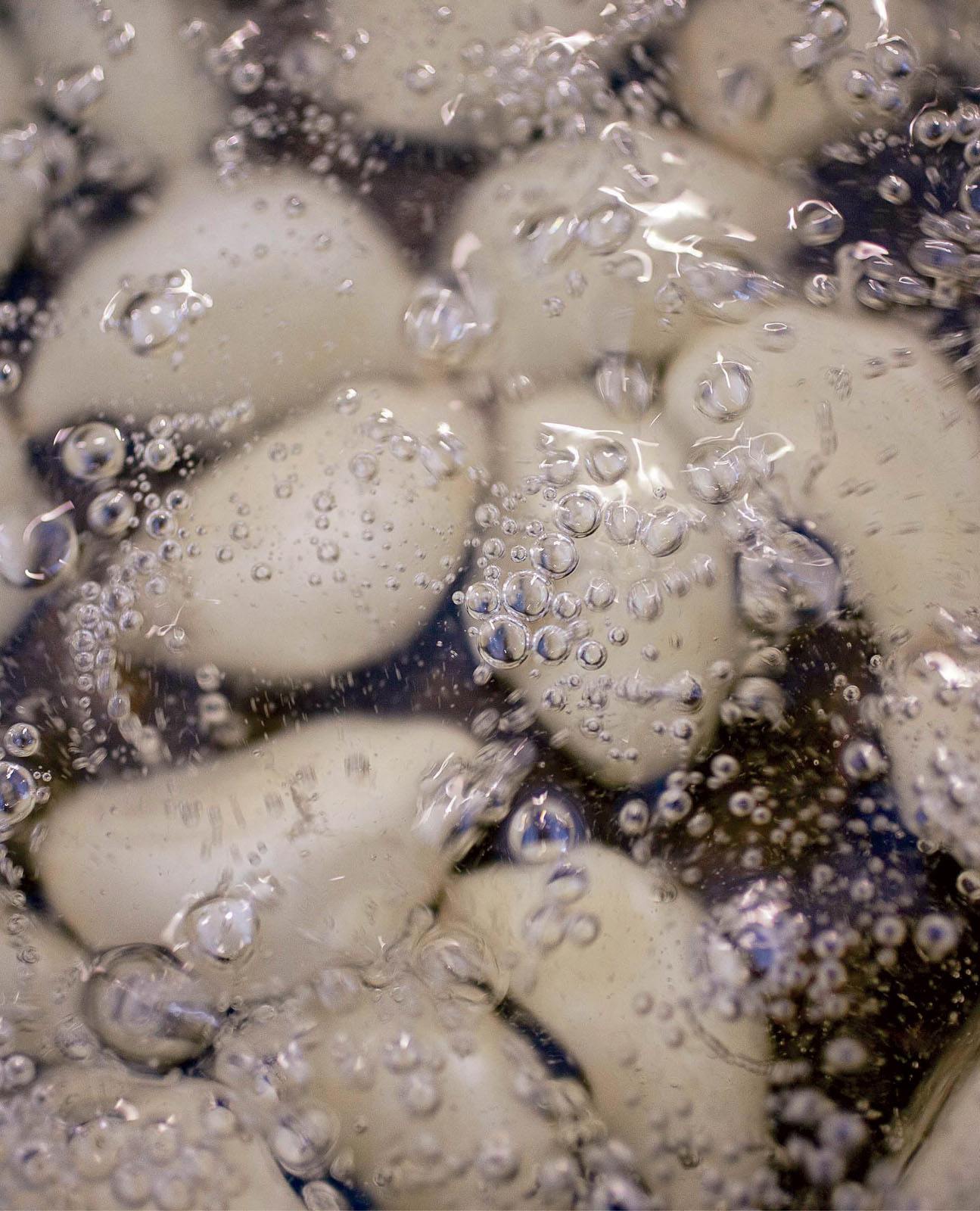
Contents
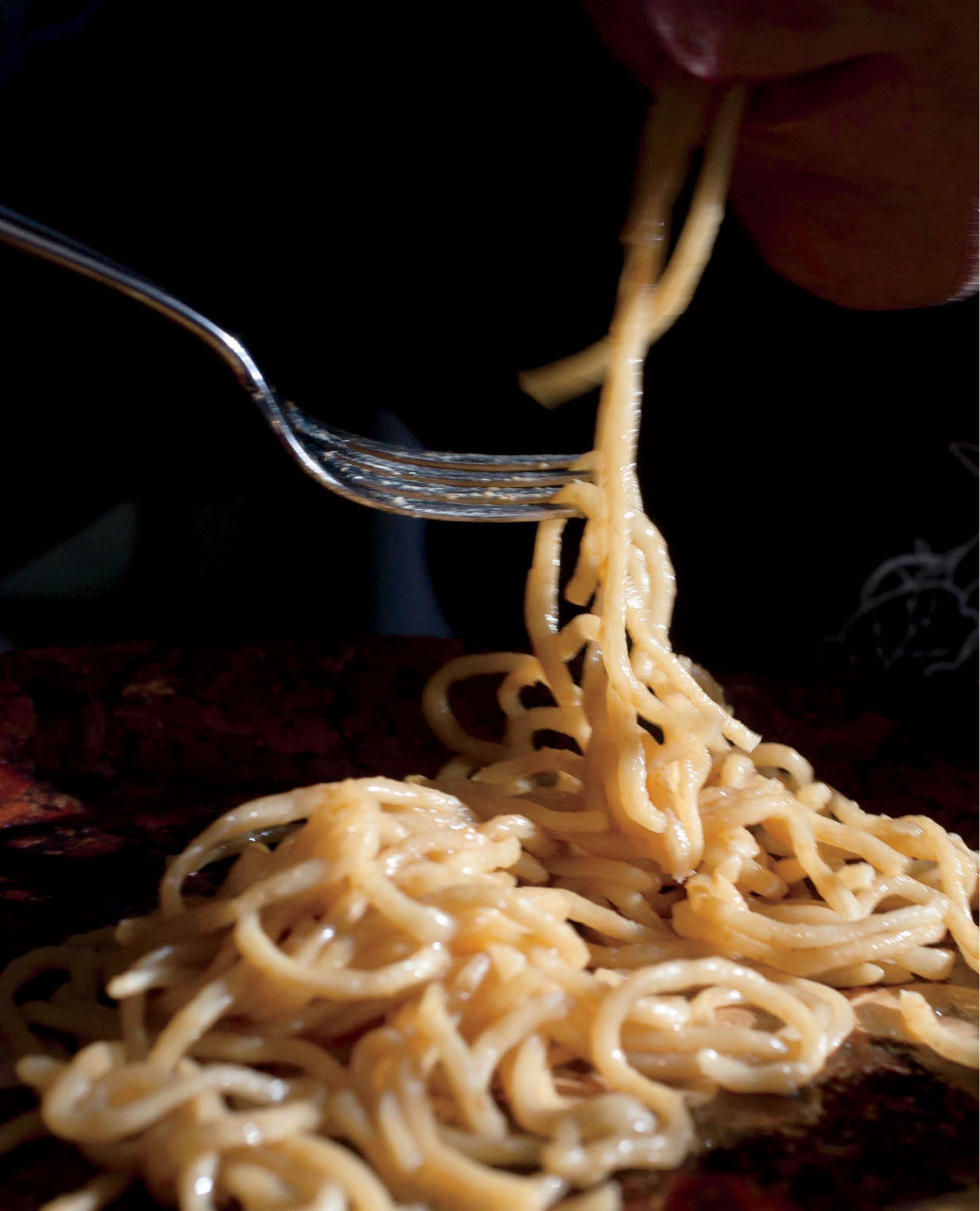
Introduction
I m not the likeliest guy to have built a world around umami. Far from it, actually.
I taught myself how to cook mostly by screwing up. I didnt (and still dont) have much patience to read a recipe or a cookbook in detail and follow the directions step by step. Instead I have a little bit of a beginners mind-set when I pick up a recipe. Take, for example, a recipe for meatloaf. I look at it as if Ive never seen a recipe for meatloaf before, absorb its nuances, and then I forget most of the details after I turn away from the book. Once I start cooking and making mistakes, thats when I start learning.
I started cooking because I love to eat. I went from eating out at all the restaurants in town to devouring all the cookbooks I could get my hands on to re-create the magic in my own kitchen.
Heston Blumenthal, the chef and owner of The Fat Duck in Berkshire, England, had a huge influence on the way I cook. I watched his shows religiously, especially In Search of Perfection, where he would deconstruct classic recipes to learn how they worked, then reconstruct and refine them. He had a perfectionist streak that I related to.
Blumenthal was also critical for something else: He introduced me to umami in the mid-2000s. The discovery of umami goes back way farther than that, to 1908, when a Japanese scientist named Kikunae Ikeda put a name to the savory, meaty flavor that gives foods like cheeses and mushrooms their extra oomph. At The Fat Duck, Blumenthal took umami-rich ingredients and put his spins on them.
Despite all the newfangled, fancy chef-y things that were happening with umami, it was the simple burger that brought its importance home to me. I was at In-N-Out Burger, one of the bestif not the bestclassic American burger chains in L.A., when it hit me: Deconstruct a burger and what do you get? A nicely seared patty, melted cheese, caramelized onions, tomatoes, ketchup. These are all umami ingredients, I realized, stacked one right on top of another and stuck between two buns.
I considered another super-popular food that Americans love: pizza. Pizza also is packed with umami ingredients. At the most basic level, after all, most pizzas are rich tomato sauce plus melted mozzarella cheese, both high in umami. Throw on a topping like mushrooms or sausage and you have even more umami.
Its absolutely no coincidence that burgers and pizzas are such popular, beloved American foods. They are umami bombs. What people crave isnt a burger or a pizza. What people crave is within the burger or the pizza: the seared meat, the cheese, the tomato sauce. What we crave is umami. The burger bun and pizza crust essentially function as neutral carb bases for convenient flavor delivery.
Once I realized this, I knew I wanted to create a restaurant that delivered umami bombs in every bite. It would deeply satisfy and inspire cravings at the same time. I liked the idea of juxtaposing something conceptual and sophisticated with something commonplace. If I could sell a burger or a pizza with high-quality ingredients for, say, $10, something super flavorful, something full of umami, I might be able to make the idea work, especially in a town like L.A.
Bringing Umami Home
T o round up ingredients rich in umami, I went to Mitsuwa , a Japanese grocery in West L.A., and threw anything and everything that looked savory into my basket. Bottles of light and dark soy sauce, bottles of fish sauce, bottles of Maggi Liquid Seasoning. Bags of dried fish heads and dried mushrooms. Little jars of seaweed powder, a jar of bonito flakes. Packets of dashi (the base for Japanese broth), squat containers of miso. (All these things are available in Asian markets, some supermarkets, and online. In , I tell you where to find them.)


